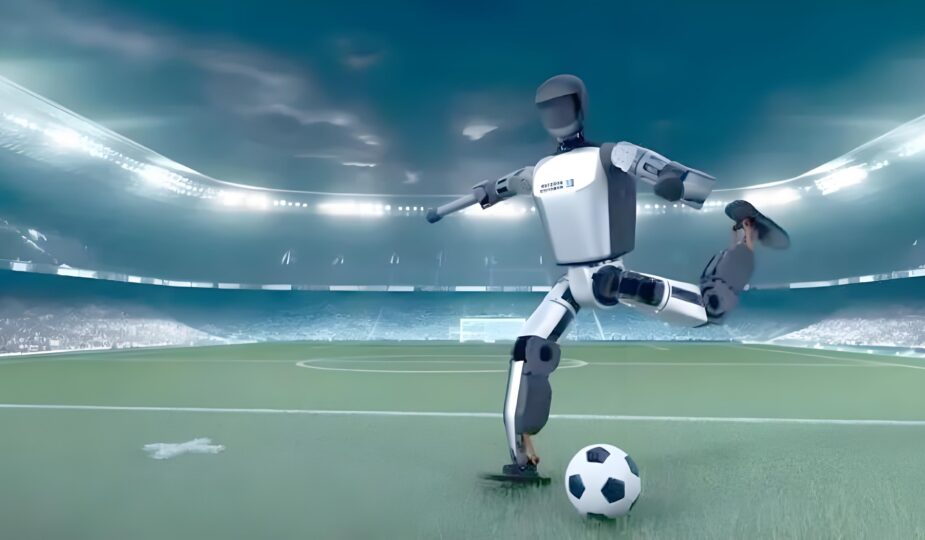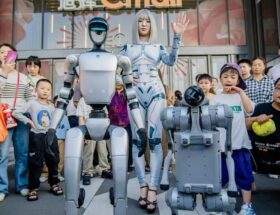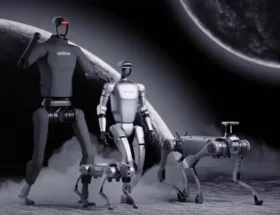Humanoid robots with complex intelligence are driven by software development for every leap in computer and robotics technology. Looking back at the history of personal computer development, the transition from DOS system to Windows graphical interface directly propelled computers from professional fields to millions of households; In the era of smart phones, the competition between iOS and Android has reshaped the global mobile Internet landscape. In the field of robotics, the Boston Dynamics Atlas robot uses advanced motion control algorithms to complete difficult actions such as backflips, while collaborative robots use ROS (Robot Operating System) to lower development barriers and achieve rapid deployment. These cases all confirm that software is the core element in unleashing hardware potential.
Currently, the potential of software development in the field of robotics is growing exponentially. At the technical level, reinforcement learning algorithms endow robots with the ability to make autonomous decisions in complex environments. For example, DeepMind’s algorithm enables robots to master complex operations such as opening doors and grasping through simulation training; Simulation software such as Gazebo and Webots allow developers to test algorithms in virtual environments, reducing development cycles by over 60%; The rise of low code platforms enables non professional developers to quickly customize robot functions and lower the technical threshold. At the application level, with the deep integration of artificial intelligence and the Internet of Things, software can endow robots with cutting-edge capabilities such as predictive maintenance and multimodal perception. For example, by analyzing sensor data in real-time, predicting component failures of industrial robots in advance; Integrating visual, auditory, and tactile multimodal perception to enable service robots to better understand human commands and environmental changes.
Creating and selling robots is urgent. From the perspective of market demand, data from the International Federation of Robotics (IFR) shows that global aging is intensifying, and the market size of elderly care robots is expected to exceed 100 billion US dollars by 2030; Under the background of Industry 4.0 transformation, the annual growth rate of demand for intelligent warehousing and logistics robots exceeds 25%, and the demand for collaborative robots in the manufacturing industry is experiencing explosive growth. There are also huge gaps in agriculture, disaster relief, medical and other fields. For example, in disaster relief scenarios, robots with complex terrain crossing and environmental detection capabilities can greatly improve rescue efficiency.
Software is not only the key to implementing robot functions, but also the core of building differentiated competitiveness. Enterprises that take the lead in seizing the market can not only reap rich commercial dividends, but also continuously optimize algorithms through data accumulation. Taking the robotic vacuum cleaner industry as an example, leading companies continuously optimize path planning algorithms through user data usage, forming technical barriers. In the competition of the robot era, whoever holds the initiative in software development will be able to occupy the commanding heights of the industry and lead the future technological industry transformation.
The correlation between the development of robots and the development of computers



